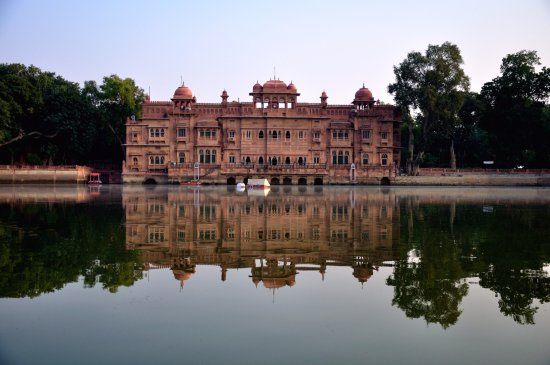- Home
- About Us
- Tour Packages
- Taj Mahal Tours
- Same Day Taj Mahal Sunrise Tour – in 10 hrs
- Same Day Taj Mahal Luxury Car Tour – in 10 hrs
- Same Day Taj Mahal SUV Tour – in 10 hrs
- Same Day Taj Mahal Car Tour – in 12 hrs
- Same Day Taj Mahal Fastest Train Tour
- Same Day Taj Mahal Small Group Tour
- 2 Days Taj Mahal Luxury Car Tour
- 2 Days Taj Mahal Sunrise Train Tour
- Golden Triangle Tour
- Rajasthan Luxury Tours
- 3 Days Udaipur Luxury Tour
- 5 Days Rajasthan Wildlife Tour With Taj Mahal
- 5 Days Best of Rajasthan (Ex-Udaipur)
- 6 Days Best of Rajasthan (Ex-Delhi)
- 6 Days Best Of Rajasthan (Ex-Udaipur)
- 6 Days Best Of Rajasthan (Ex-jodhpur)
- 7 Days Rajasthan Palaces And Desert Tour
- 7 Days Rajasthan Shekhawati Havelis Tour
- 7 Days Best Of Rajasthan Tour
- 8 Days Rajasthan Luxury Tour With Udaipur And Pushkar
- 8 Days Rajasthan Wildlife Tour With Udaipur
- Pushkar Tours
- Kumbh Mela
- Holi Tours
- View All Tour Packages
- Taj Mahal Tours
- Travel Guide
- Blog
- World Heritage Sites
- Contact Us











